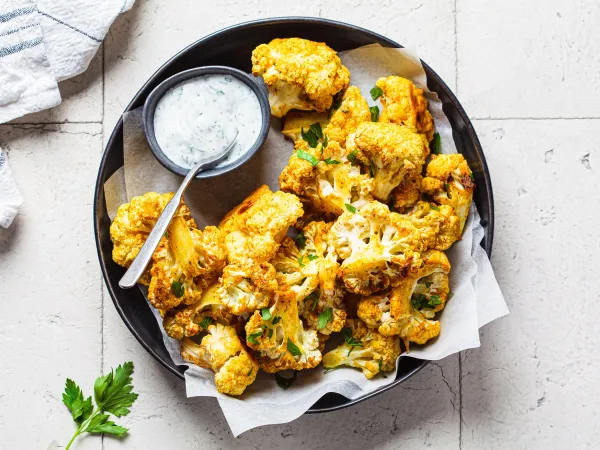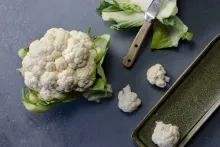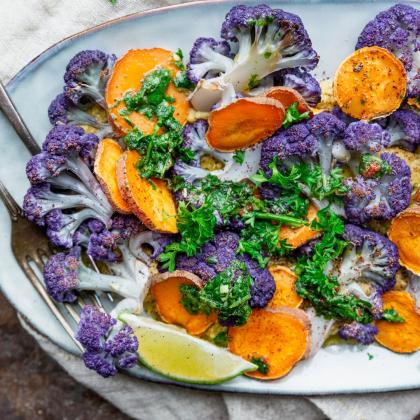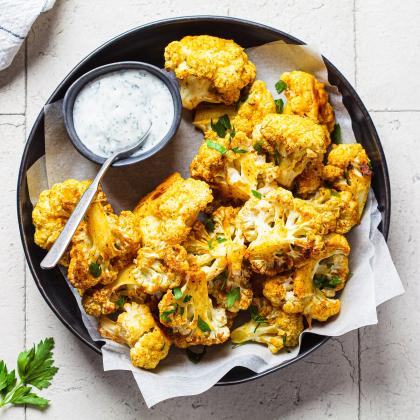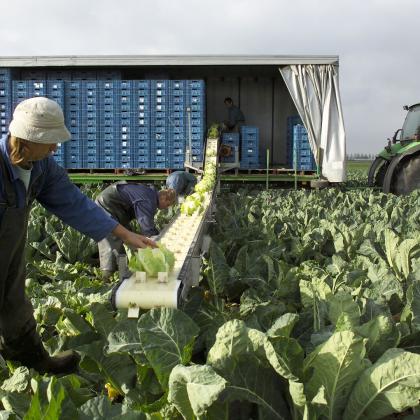Cauliflower recipes
Cauliflower is celebrated across the globe for its incredible versatility. From creamy to crispy, mild to spicy, this humble vegetable takes on bold new flavours in every culture:
Tempura Cauliflower (Japan): Lightly battered and fried to golden perfection, giving it a delicate crunch.
Buffalo Cauliflower Wings (USA): A spicy, vegetarian twist on classic wings—baked or fried and coated in tangy Buffalo sauce.
Roasted Cauliflower with Tahini (Middle East): In places like Lebanon and Israel, cauliflower is roasted until crisp and served with a rich, nutty tahini sauce.
Whether it’s part of a curry, a crispy snack, or a hearty main, cauliflower proves time and again that it can do it all—deliciously.
How to Prepare Cauliflower
Cooked
cooked cauliflower
Cauliflower tastes best when it still has a bit of bite—tender, but not mushy. Overcooking can dull its flavour and make it too soft. To keep the florets firm and flavorful, boil them for just 6 to 8 minutes.
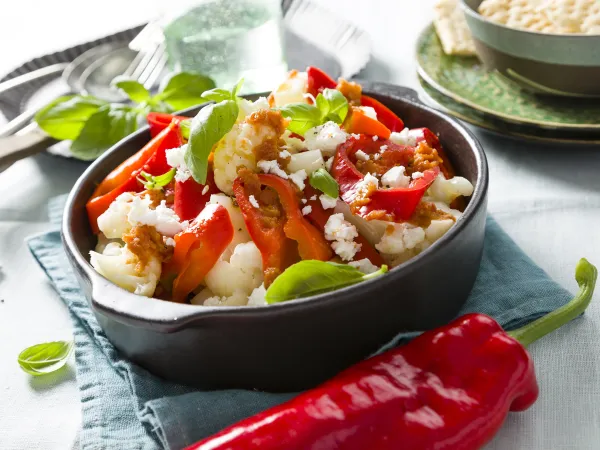
Steaming
Steamed cauliflower
If you prefer to steam your cauliflower, allow a bit more time than boiling. Depending on how tender you like it, steaming takes about 7 to 9 minutes. Be careful not to overcook it - this helps preserve both its flavour and nutrients.
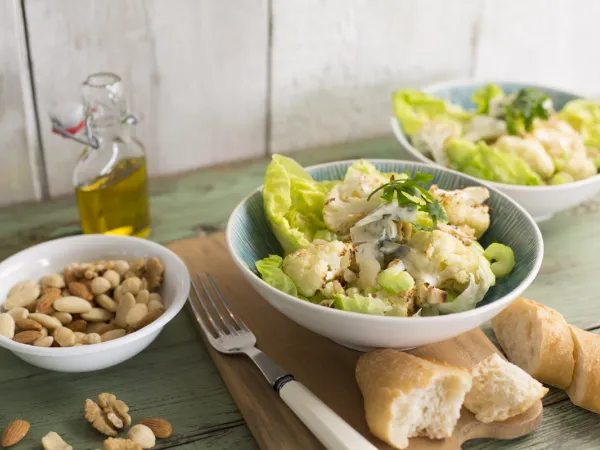
Oven
Baked cauliflower
There’s no one way to bake cauliflower - it’s a wonderfully flexible veggie! For a quick and easy option, toss cauliflower florets with olive oil and your favourite seasonings, then spread them on a baking tray. Roast at 200°C for 15–20 minutes, until golden and slightly crispy.
Want to try something more impressive? Bake a whole cauliflower! First, marinate it with your favourite spices. Then wrap it in baking paper or foil and roast at 150°C for about 1.5 hours. To finish, unwrap and return it to the oven for 10 minutes to create a beautifully crispy crust.
